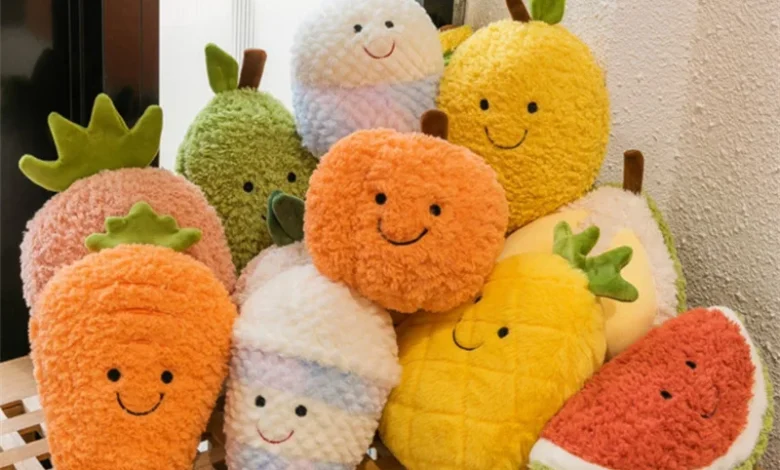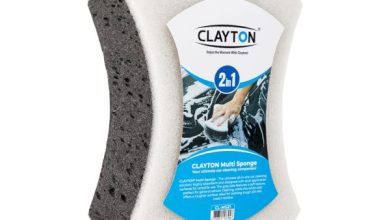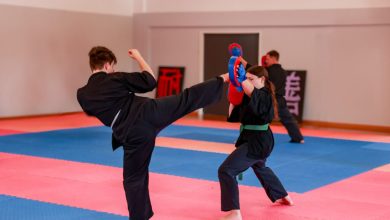Fake Succulent Plants: A Stylish and Low-Maintenance Alternative

Introduction
Succulents have taken the world of home décor by storm, admired for their unique shapes, vibrant colors, and ability to add a touch of nature to any space. However, keeping real succulents alive can be a challenge, especially for those without a green thumb. This is where fake succulent plants come in—providing the beauty of real succulents without the hassle of maintenance.
High-quality artificial succulents are designed to mimic the look and feel of real plants, making them an excellent choice for home decor, office spaces, and event decorations. Whether you’re looking for a single potted succulent for your desk or a lush arrangement to brighten up your living space, fake succulents offer endless possibilities.
In this article, we’ll explore the benefits of fake succulent plants, the different types available, materials used, styling ideas, and tips for choosing the most realistic options.
Why Choose Fake Succulent Plants?
Zero Maintenance
One of the biggest advantages of fake succulents is that they require absolutely no maintenance. Unlike real succulents that need proper sunlight, watering, and repotting, artificial succulents stay fresh and vibrant without any care.
Long-Lasting Beauty
Real succulents can sometimes struggle in certain conditions, turning brown, drying out, or losing their shape. Fake succulents, on the other hand, retain their look indefinitely. You won’t have to worry about watering schedules, overwatering, or exposure to too much sun.
Perfect for Any Environment
Artificial succulents can be placed anywhere, from windowless rooms to humid bathrooms. Unlike real plants that require the right balance of light and temperature, fake succulents remain unchanged in all conditions.
Safe for Pets and Allergy Sufferers
Many real succulents, such as aloe vera and jade plants, can be toxic to pets if ingested. Fake succulents provide a safe alternative, eliminating any risks to pets or children. Additionally, they don’t produce pollen, making them perfect for those with allergies.
Endless Decorative Possibilities
Artificial succulents can be used in countless creative ways, from elegant centerpieces to hanging arrangements and terrariums. They blend seamlessly into modern, rustic, or bohemian décor styles.
Types of Fake Succulent Plants
Potted Fake Succulents
These are the most common types of artificial succulents. They come in ceramic, plastic, or concrete pots, often paired with faux soil, pebbles, or moss to enhance their realistic appearance.
Hanging Fake Succulents
Trailing succulents, such as artificial string-of-pearls and burro’s tail, are perfect for hanging baskets, macrame planters, or wall-mounted planters. They add depth and a touch of greenery to vertical spaces.
Mini Fake Succulents
Small, artificial succulents are ideal for desks, bookshelves, or coffee tables. These tiny plants are great for adding a pop of greenery to any small space.
Succulent Arrangements
Artificial succulent arrangements often feature a variety of species, colors, and textures placed in stylish containers. They make beautiful centerpieces and home décor accents.
Fake Succulent Wall Art
Framed or mounted artificial succulent displays are becoming a popular way to create a lush, green aesthetic without the maintenance of living wall gardens.
Fake Succulent Terrariums
Glass terrariums with artificial succulents, decorative sand, and pebbles create an elegant and modern aesthetic that looks as stunning as the real thing.
Materials Used in Fake Succulents
Silk and Fabric-Based Succulents
Silk succulents provide a soft, natural texture and are often used for high-end arrangements. However, they can be delicate and require careful handling to prevent fraying.
Plastic and PU (Polyurethane) Succulents
Plastic and PU are the most common materials used for artificial succulents. They allow for a realistic look with detailed textures and vibrant colors. PU succulents, in particular, have a soft-touch feel that mimics real succulent leaves.
Latex-Coated Succulents
Some artificial succulents have a latex coating that gives them a slightly glossy and fleshy feel, making them appear more lifelike.
Foam Succulents
Foam succulents are lightweight and budget-friendly but may not always look as realistic as plastic or silk versions.
How to Choose the Most Realistic Fake Succulents
Check for Natural Color Variations
Real succulents have natural gradients, subtle imperfections, and multi-tonal colors. High-quality artificial succulents replicate these features, rather than appearing too uniform or overly vibrant.
Look for Textured Details
Lifelike fake succulents will have realistic textures, such as tiny bumps, grooves, and matte finishes that mimic the waxy surface of real succulents. Avoid overly glossy or plastic-looking plants.
Consider the Material
PU and latex-coated succulents tend to be the most realistic due to their soft-touch texture. Silk versions can also be quite convincing, especially for delicate succulent species.
Invest in Quality Containers
The pot or container plays a big role in making artificial succulents look real. Choose ceramic, concrete, or wood planters instead of cheap plastic ones to enhance authenticity.
Creative Ways to Decorate with Fake Succulents
Home Decor Accents
Place mini fake succulents on bookshelves, side tables, and coffee tables for a subtle touch of greenery.
Office Desk Plants
A small potted fake succulent on your work desk adds a refreshing touch without taking up too much space.
Dining Table Centerpieces
Use artificial succulents in decorative bowls, trays, or glass terrariums for a stunning dining table centerpiece.
Bathroom Greenery
Since real succulents can struggle in humid conditions, fake ones are perfect for adding greenery to bathrooms without worrying about moisture.
Outdoor Decor
Use UV-resistant fake succulents for patios, balconies, or garden spaces where live succulents might not thrive.
Hanging Arrangements
Macramé plant hangers filled with trailing artificial succulents create a stylish, bohemian look in living spaces.
Fake Succulents vs. Real Succulents
Advantages of Fake Succulents
- No watering, pruning, or sunlight needed
- No risk of pests, mold, or plant diseases
- Safe for pets and children
- Stay vibrant and fresh indefinitely
- Ideal for dark or humid environments
Advantages of Real Succulents
- Improve indoor air quality by absorbing carbon dioxide
- Can grow and change over time
- Provide a sense of natural beauty and interaction
- Some succulents can produce flowers
How to Clean and Maintain Fake Succulent Plants
Dusting Regularly
Use a soft brush, microfiber cloth, or feather duster to remove dust buildup from artificial succulents.
Wiping with a Damp Cloth
For deeper cleaning, wipe leaves with a damp cloth to remove dirt and debris.
Using Compressed Air
For intricate or delicate succulent designs, use compressed air to blow away dust from crevices.
Avoid Direct Sunlight for Indoor Fake Succulents
While high-quality artificial succulents are UV-resistant, prolonged exposure to direct sunlight may cause fading over time.
Conclusion
Fake succulent plants are the perfect solution for anyone looking to enjoy the beauty of succulents without the responsibility of care. They are versatile, durable, and available in a wide range of styles to suit any space. Whether you want to decorate your home, office, or outdoor space, artificial succulents provide a hassle-free way to add greenery and charm.
By choosing high-quality materials, using stylish containers, and arranging them creatively, you can achieve a natural and elegant look with artificial succulents that are nearly indistinguishable from the real thing.



